A study conducted in 2024 revealed that the Philippines recorded the highest burnout rate among working adults in Southeast Asia, reaching 70.71%.1 Burnout is a prevalent syndrome resulting from chronic workplace stress that hasn’t been properly managed. Fortunately, organizational leaders can take action, creating an environment where employees can thrive, leading to business success and operational efficiency.
The Costs of Burnout
- Financial Cost
- Burnout affects the financial aspect of a company in different ways. First, burnout costs at least $125 billion to $190 billion (₱7.2 trillion to ₱10.9 trillion) for health care annually, where stress is usually the number one cause.2 Second, burnout results in lower employee engagement, which costs 34% of the burned-out employee’s annual salary.3 Lastly, these employees usually resort to absenteeism and presenteeism— either missing work due to various reasons (e.g., calling in sick, family responsibilities, emotional struggles) or being physically present at work “just to be there” but not being able to function properly.4
- Operational Costs of Burnout
- Employees who suffer from burnout usually influence the rest of the organization, which translates into miscommunication and conflicts that also affect team productivity and collaboration. In fact, burnout can create a “contagion effect,” where the struggles of one or more employees can negatively impact the overall work environment for everyone.4 In turn, managers carry the responsibility of handling disengaged employees, who are more likely to discuss their performance goals with them.5
How to Identify Burnout in Your Workplace
Here are some visible signs of burnout in the workplace.6
- Employee Silence. Usually, engaged employees ask questions and seek constant feedback. If an employee starts to get silent or shows less energy for work than usual, it can be a sign of burnout.
- Change in performance. If an employee starts missing deadlines with little to no explanation, participating less in team projects and meetings, or having difficulty maintaining a normal workload compared to their baseline, that may be a result of burnout.
- Isolation. If an employee who usually greets their colleagues suddenly stops saying “Hi!” or stops joining others during lunchtime, there is a chance that they are experiencing burnout.
Remember, these signs are usually happening gradually to an employee or colleague. Now, the question is, “Should we mitigate or eliminate burnout in the workplace?” Good news! Mind You is here to help! This year’s Mental Health Summit, presented by Mind You, aims to explore strategies for mitigating workplace burnout, examining whether it can truly be eliminated or must be continuously managed, and more!
Join us this October 27, 2024, at the QCX Event Center in Quezon City for Mind You’s National Mental Health Summit, themed “Workplace Culture.”
We hope to see you there!
If you or someone you know needs support, Mind You is here to help. Download the Mind You app or contact us today to connect with licensed therapists and access a wealth of mental health resources.
Instagram: @mindyoumhs
Facebook: Mind You Mental Health Systems
Twitter/X: @MindYouMHS
LinkedIn: Mind You Philippines
References:
- Aziz, A.F.A., & Ong, T. (2024). Prevalence and associated factors of burnout among working adults in Southeast Asia: results from a public health assessment. Frontiers in Public Health, 12. doi: 10.3389/fpubh.2024.1326227.
- Blanding, M. (2015, January 26). National Health Costs Could Decrease if Managers Reduce Work Stress. HBS Working Knowledge. https://hbswk.hbs.edu/item/national-health-costs-could-decrease-if-managers-reduce-work-stress/
- Borysenko, K. (2019). How Much Are Your Disengaged Employees Costing You? Forbes. https://www.forbes.com/sites/karlynborysenko/2019/05/02/how-much-are-your-disengaged-employees-costing-you/
- Edú-Valsania, S., Laguía, A., & Moriano, J,A. (2022, February 4). Burnout: A Review of Theory and Measurement. Int J Environ Res Public Health, 9(3). doi: 10.3390/ijerph19031780.
- Now, H. W. (2019, August 27). The Cost of Burnout: Why We Need Healthy Work. Medium. https://healthyworknow.medium.com/the-cost-of-burnout-why-we-need-healthy-work-8a552a151603/
- How to Identify and Address Employee Burnout. (2021, June 15). SYR-UMT. https://onlinegrad.syracuse.edu/blog/how-to-identify-and-address-employee-burnout/







